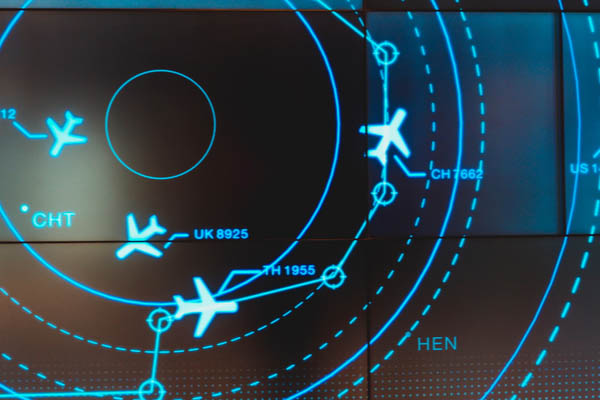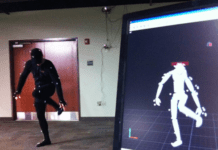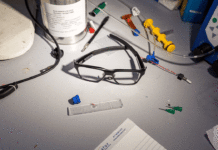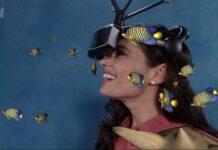
Air traffic control is considered one of the most difficult jobs in the world. There is little to zero room for errors and the psychological toll of having to make life and death decisions in critical response time only adds to the pressure. Luckily aeronautical engineers and IT enthusiasts are always on the lookout for better piloting solutions, to not only decrease the work stress of Air traffic controllers but also to minimize the accident coefficient. RETINA is an augmented reality project in the same thread, directed to circumspect the Europe’s Air Traffic Management.
There has been a lot of progress reported in the field of AR’s Computer Vision (CV) technology in the recent decade. Augmented reality, like many other sectors, has made its debut in the Aviation business and is now being incorporated in flight systems and jet engines stimulations.The RETINA project is also a fabrication of vision constituting the invisible air routes for pilots and air traffic control staff, in order to provide a firmer grip during congregate traffic.
RETINA is based on a former EU project SESAR. Its main focal point is to create sufficient awareness in AR display techniques and to enable it to apprehend and forecast “displacement” routes for the Air traffic. According to a report in pddnet Prof.Sara Bagassi talks about RETINA as an EU sponsored project and the necessity of AR computer vision implications and implementation in the domain of aerial navigation, especially during bad weather.

RETINA experts are working together to develop a digital optical apparatus, which would broaden the limited vision of the Air traffic staff, who are in attendance of a multitude of flights thousands of miles away from the planes inside the ground control units. The reach of AR application reaches further than just navigating aeroplanes in mid air. With RETINA sensors can be utilized to reorient the take-offs, runway taxi, landing and collect graded data for weather conditions. This operation is carried out by placement of several cameras and sensors over dedicated stations on the fuselage of an aeroplane, to ‘get out-of-window’ footage in real time. The more appropriate terminology for it is HDMs (head-mounted displays), which sends qualified data to ground control, for final conciliation and prognosis.
After conduction of successful simulation for approval of the RETINA project, at the University of Bologna, Italy, under the jurisdiction of VR and Simulation Laboratory. The venue was particularly chosen to recreate the low-visibility, fogs and static-interference zones, which are a regular inconvenience in the Bologna region. After several trial and error, Microsoft HoloLens HMDs were warranted by the project engineers, as a close-to-perfect fit for RETINA project, on account of their adaptability and chartered turn-out.
This is merely a preliminary coverage of a first few paces, in lieu of a greater journey ahead, with tremendous areas to cover and milestones to achieve. The RETINA project needs to ace a few more screen tests and pilot screenings, before it can be allowed to make its official commercial flight inauguration among the clouds. You can count on ( your website name here) for latest updates at every stroke of the flutter!
July 22, 2018






















